 Irina Slavina at a march for Boris Nemtsov in February 2019. Meduza/Kristina Safonova
Irina Slavina at a march for Boris Nemtsov in February 2019. Meduza/Kristina Safonova
On October 2, 2020, 47-year-old KozaPress editor in chief Irina Slavina committed suicide through self-immolation before the Nizhny Novgorod police headquarters.
Born Irina Murakhtaeva in Gorky, the late journalist was described as caring, moral, and “‘a true knight, without fear or reproach (Svetlana Kukina, former co-worker of Slavina). She initially worked as a Russian language and literature instructor for eight years in home city. She earned a degree in journalism from the University of theRussian Academy of Education and began working at the newspaper in Nizhny Novgorod Pravda under the pseudonym Slavina. It was here where she met resistance in her criticisms of state officials, and she was asked to resign. In discussing her resignation, Slavina began receiving financial support and encouragement from acquaintances, who supported her endeavors to start her own nonprofit Koza (meaning “goat” in Russian) for open and free journalism.
Slavina poured her heart and soul into creating her journal, which soon began to gain popularity. In spite of this, she began to face greater problems and backlash from the general public. After posting about the plane crash Tu-154 in late June 2016, the journalist found her tires slashed on multiple occasions. Local police arrested Slavina, who was later fined for the same offense. Later in the year, she was again fined for re-posting about the forum “free people,” which represented an act of an “undesirable organization.” Despite opposition from Russia officials, Slavina had many supporters throughout Nizhny Novgorod helping her with donations, fines, and legal guidance.
In addition to public backlash, Nizhny Novgorod activist Mikhail Iosilevich states that a home search of Slavina’s home contributed to her passing. On October 1, a day before Slavina’s passing, operatives searched both her and Iosilevich’s homes for any evidence connected to “Open Russia” and its “United Democrats,” a project that helps candidates to run for municipal positions. Unable to contact a lawyer, Slavina waited four hours for the investigation to end, at which point all of her electronics and her husband’s phone were taken away. However, officials have denied the allegations of triggering her death, and all but her cell phone were eventually returned.
On the following day, the journalist had gone missing and was not answering her phone. Slavina’s husband and Gushchin, a close friend and colleague, started to look for her throughout different parts of the city. Not long afterwards, her husband found the Facebook post where Slavina held the Russian Federation responsible for her death, which he later linked to a news report about the woman who set herself on fire before the Interior Ministry building.
“I wonder, if I arrange an act of self-immolation near the entrance to the FSB (or the city prosecutor’s office, I still don’t know), will it bring our government closer to a bright future or will my sacrifice be meaningless? I think it’s better to die like this than like my grandmother did, from cancer at 52 years old” -Irina Slavina, June 2019
Slavina’s chilling statement only a year prior foretold of her death on October 2. Gushchin speculates that she would not have posted this comment if her situation had not become so serious. Her suicide represents a deliberate and final stand to overcome the dire circumstances she faced. Slavina’s funeral was held on October 6, and government officials and local organizations have already called for investigations into her suicide, Since her death, friends, family, and supporters have since rallied together to raise awareness about Slavina and her work in free journalism. They have borne candles and flowers to her memorial and have even designated the Funny Goat statue on Theater Square as another place to remember her legacy. All their efforts are to ensure the continuation of the legacy of a woman, who was “an incredible fighter and a very stable, strong person.”
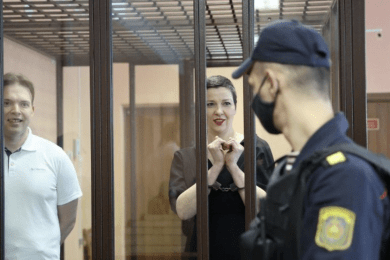
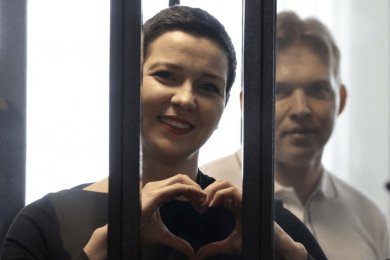
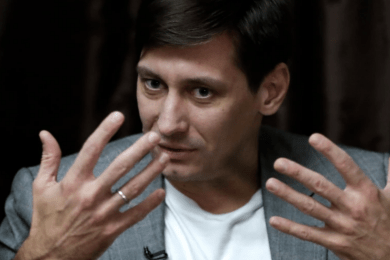

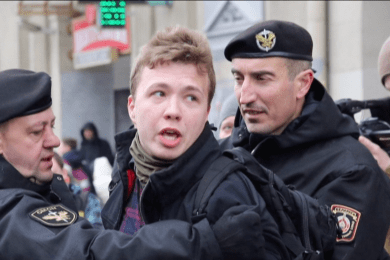
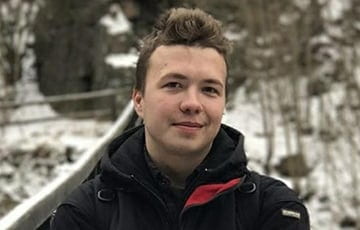





 Spontaneous memorial for Slavina before the Ministry of Internal Affairs building in Nizhny Novgorod. Meduza/Krisitina Safonova.
Spontaneous memorial for Slavina before the Ministry of Internal Affairs building in Nizhny Novgorod. Meduza/Krisitina Safonova.